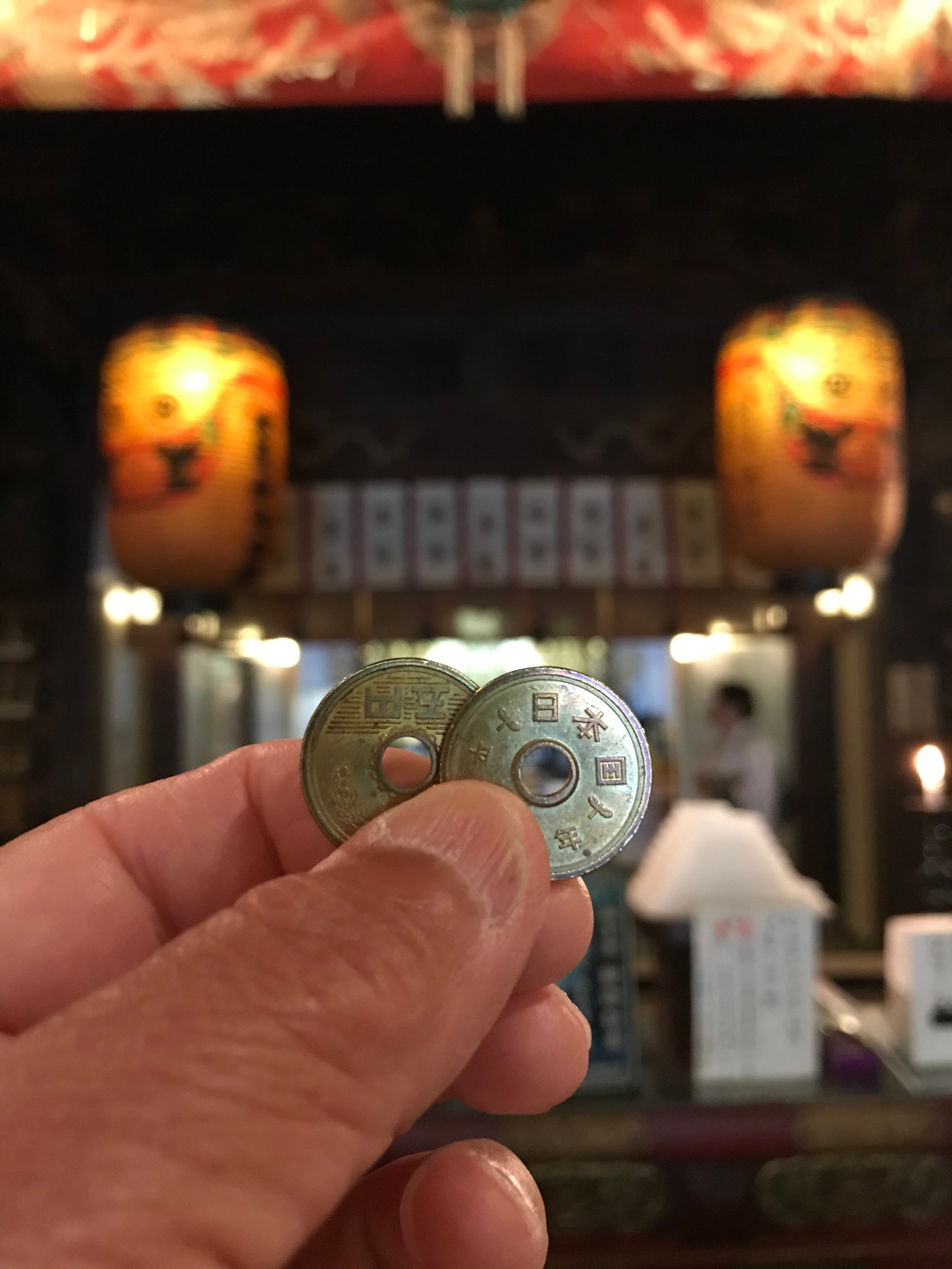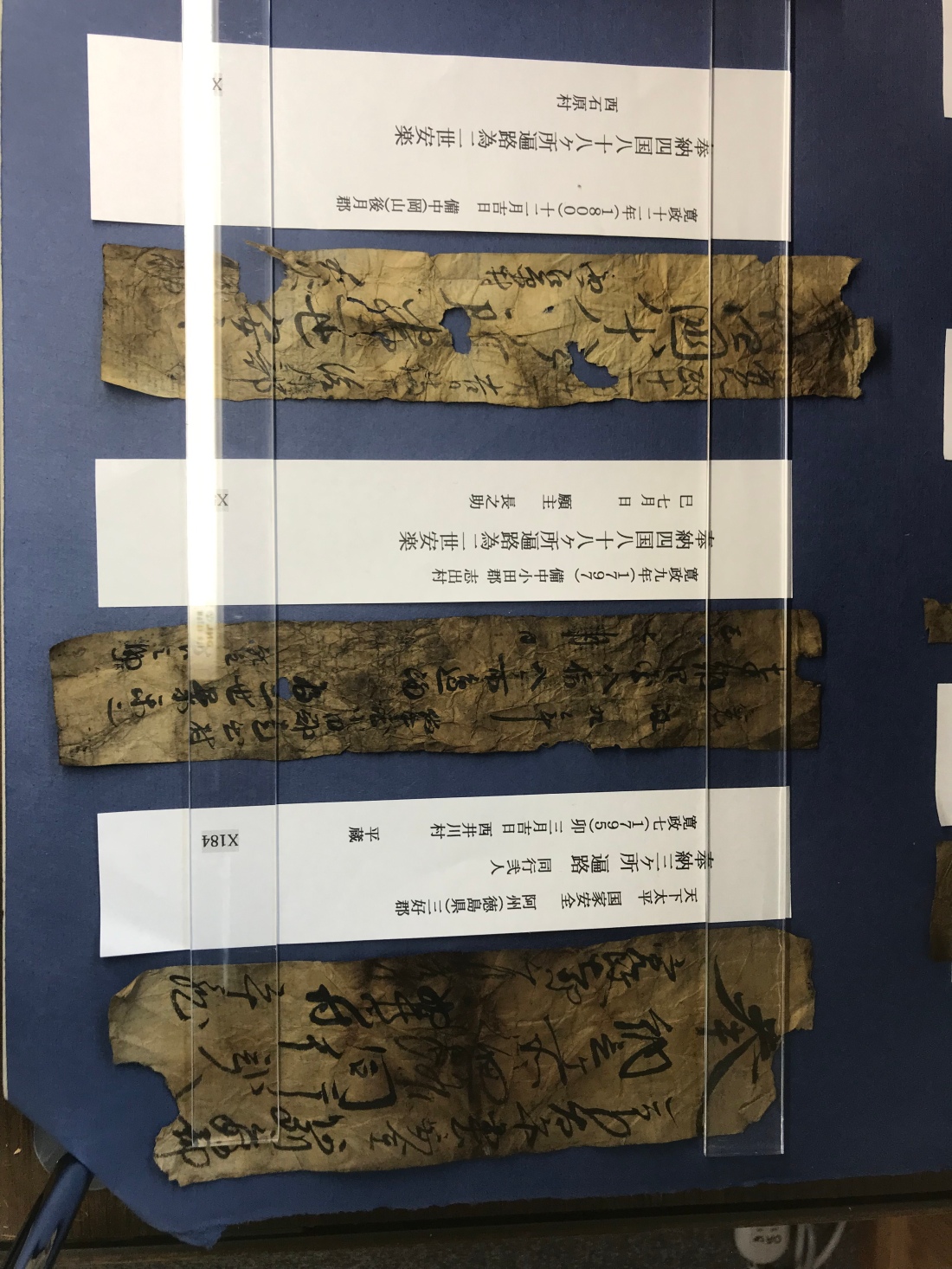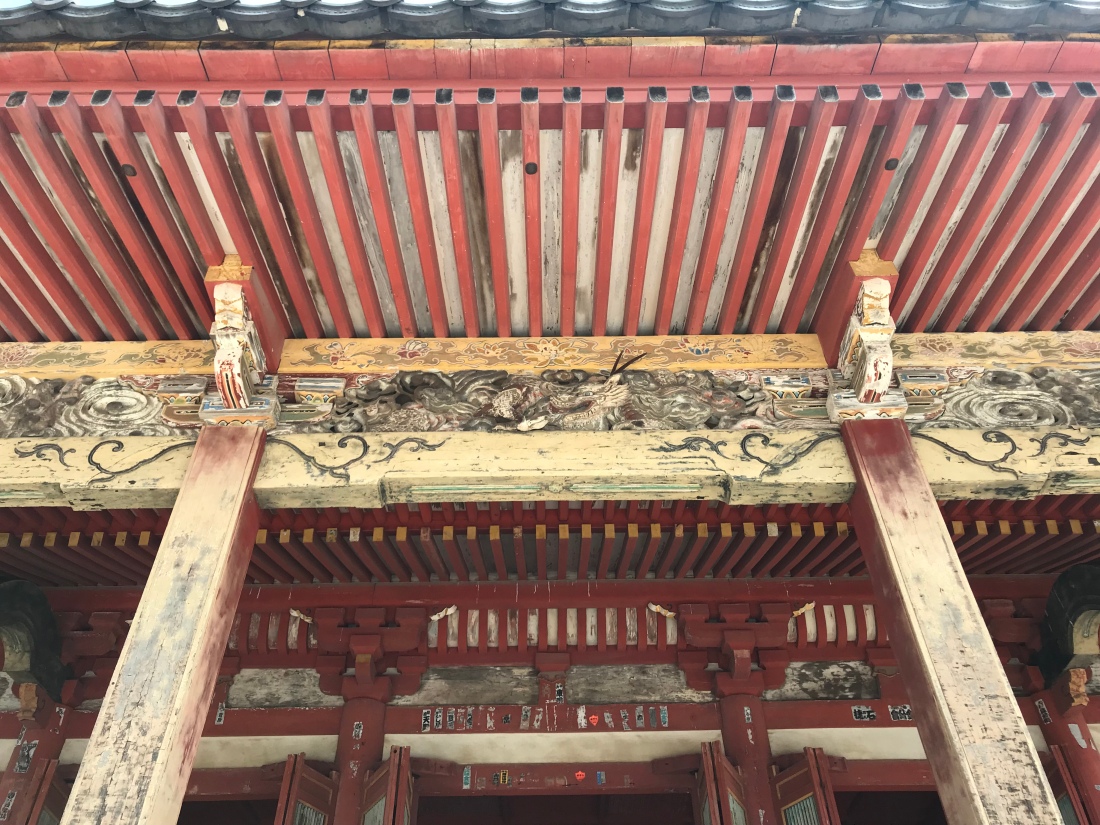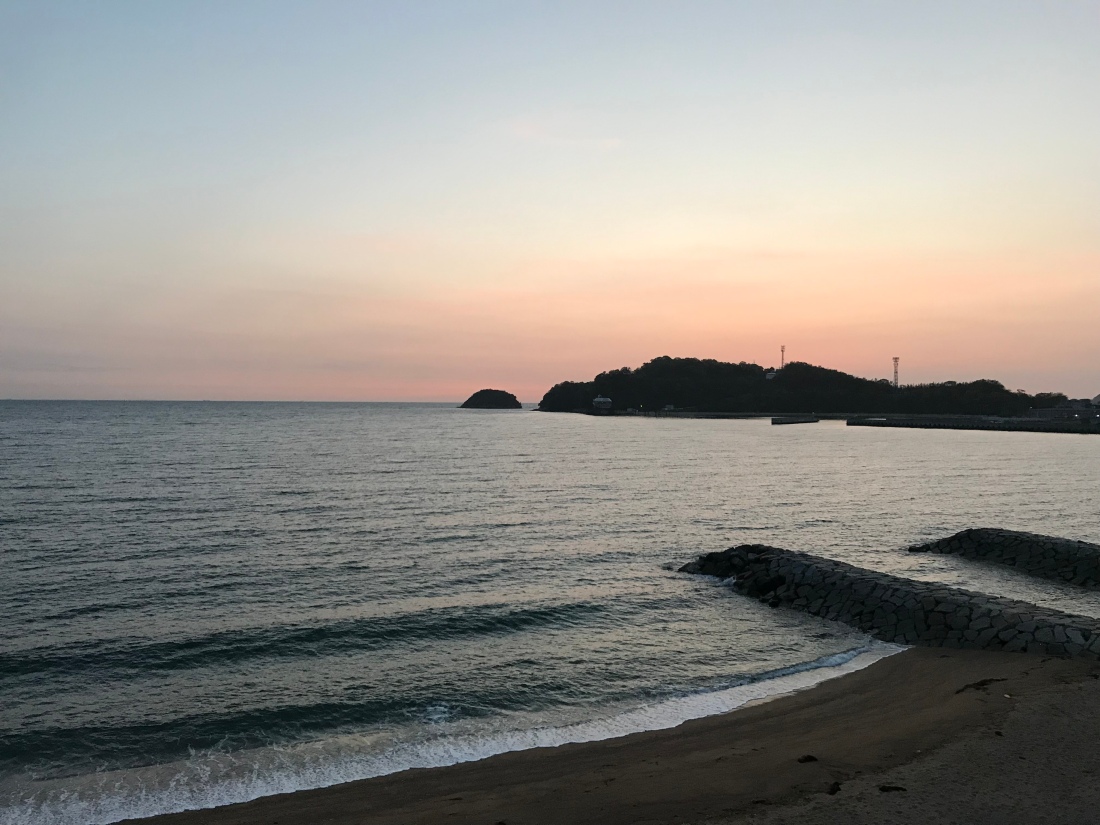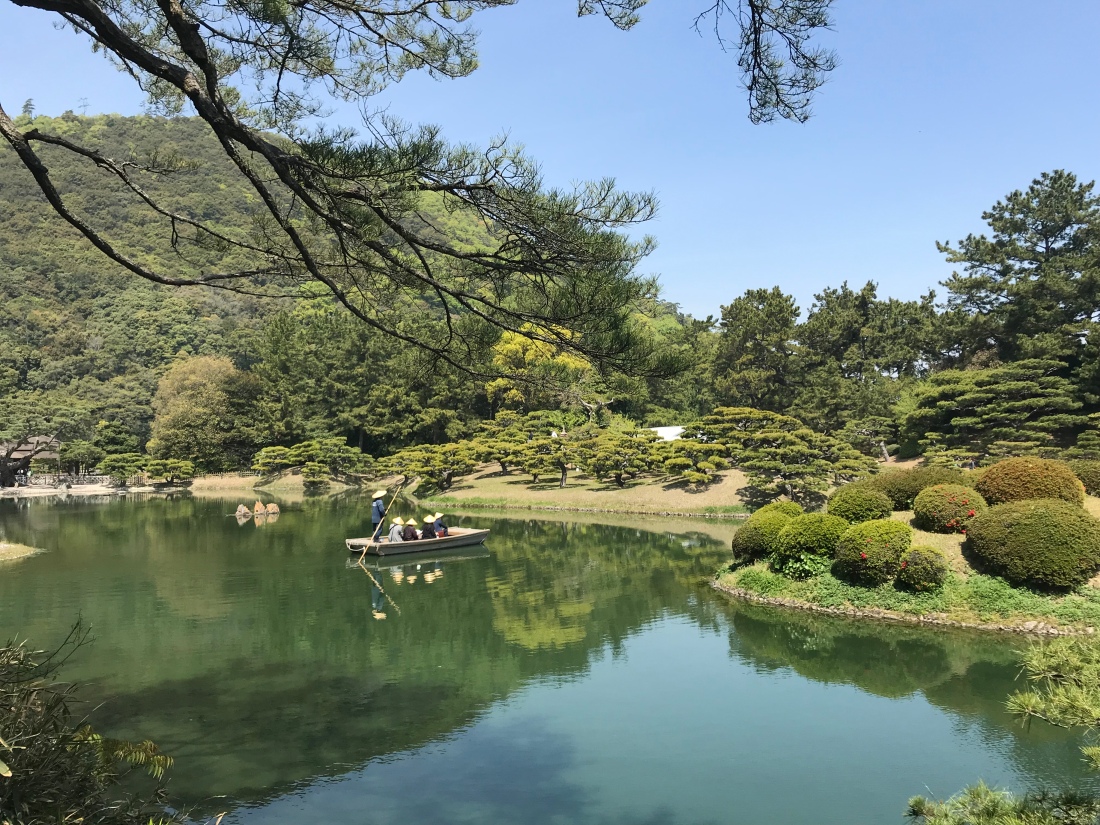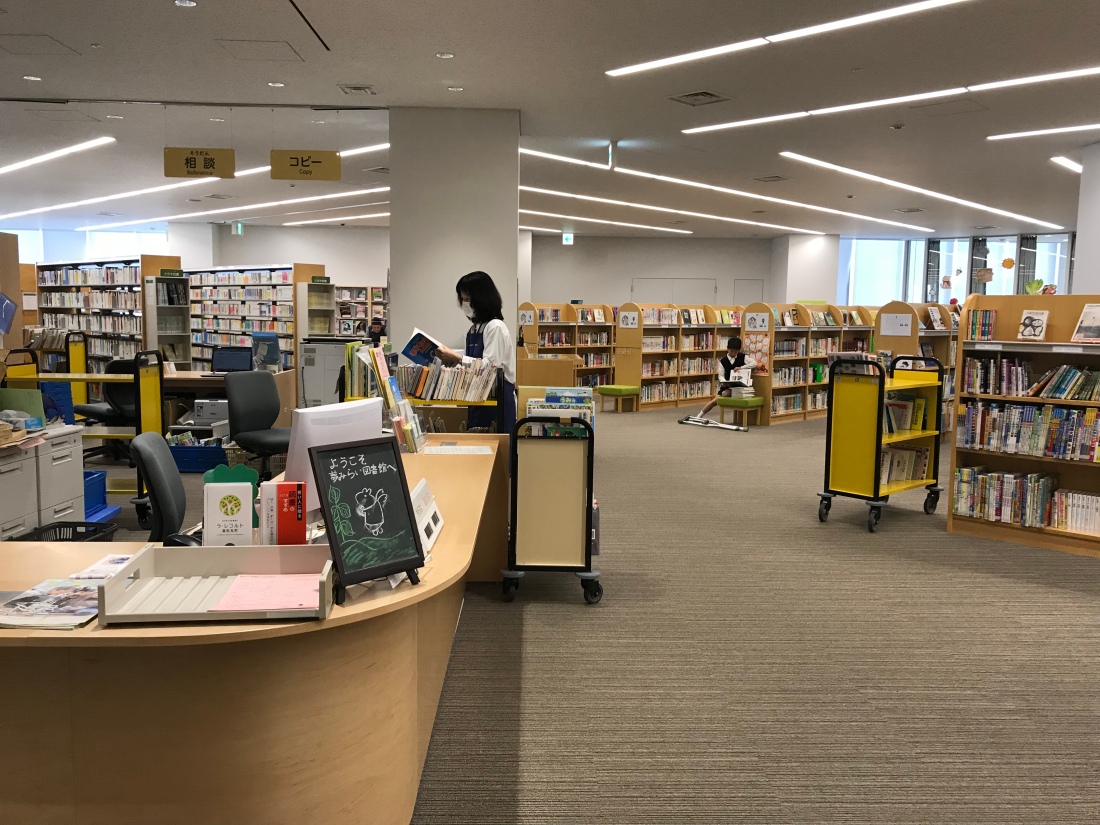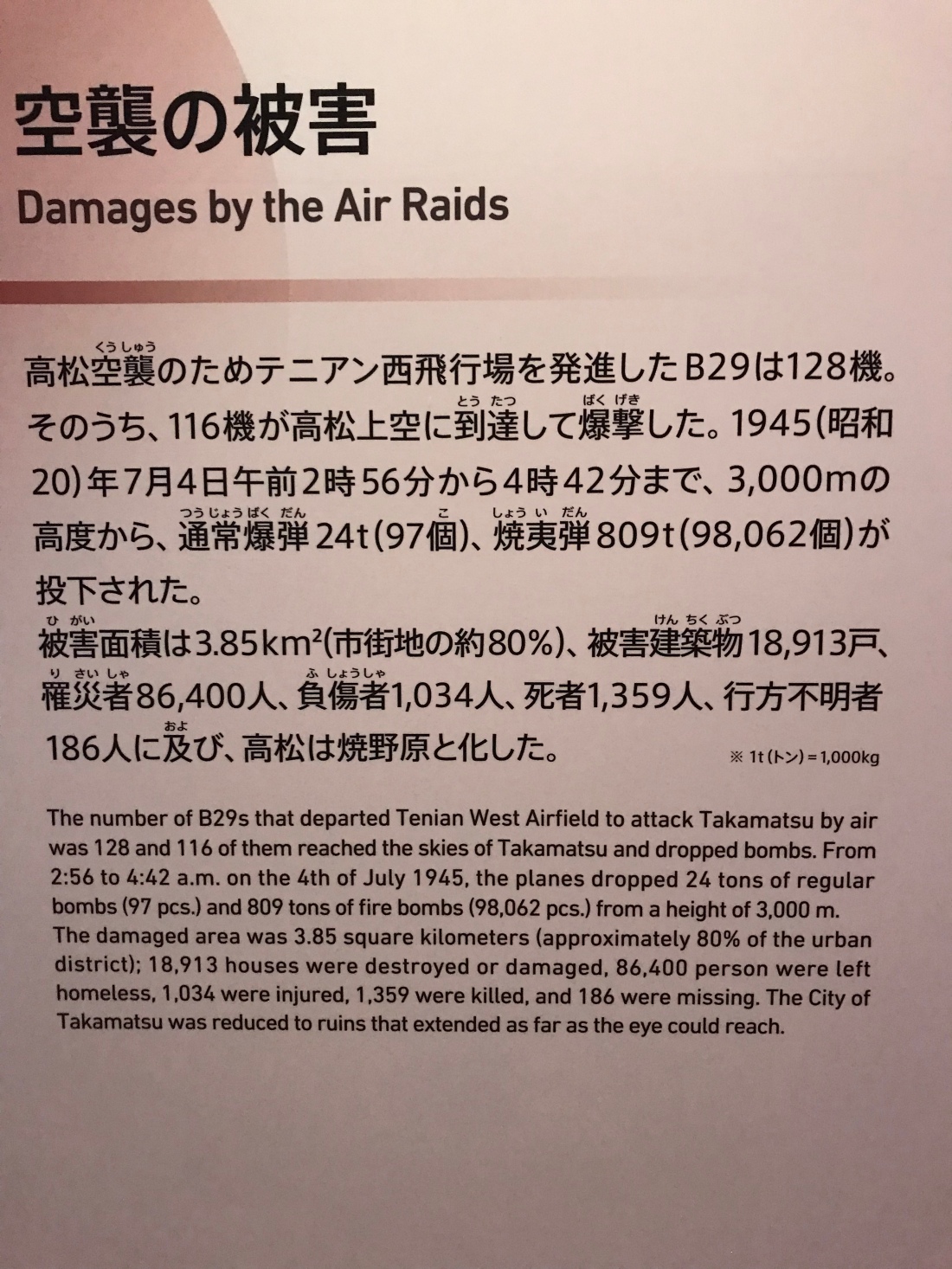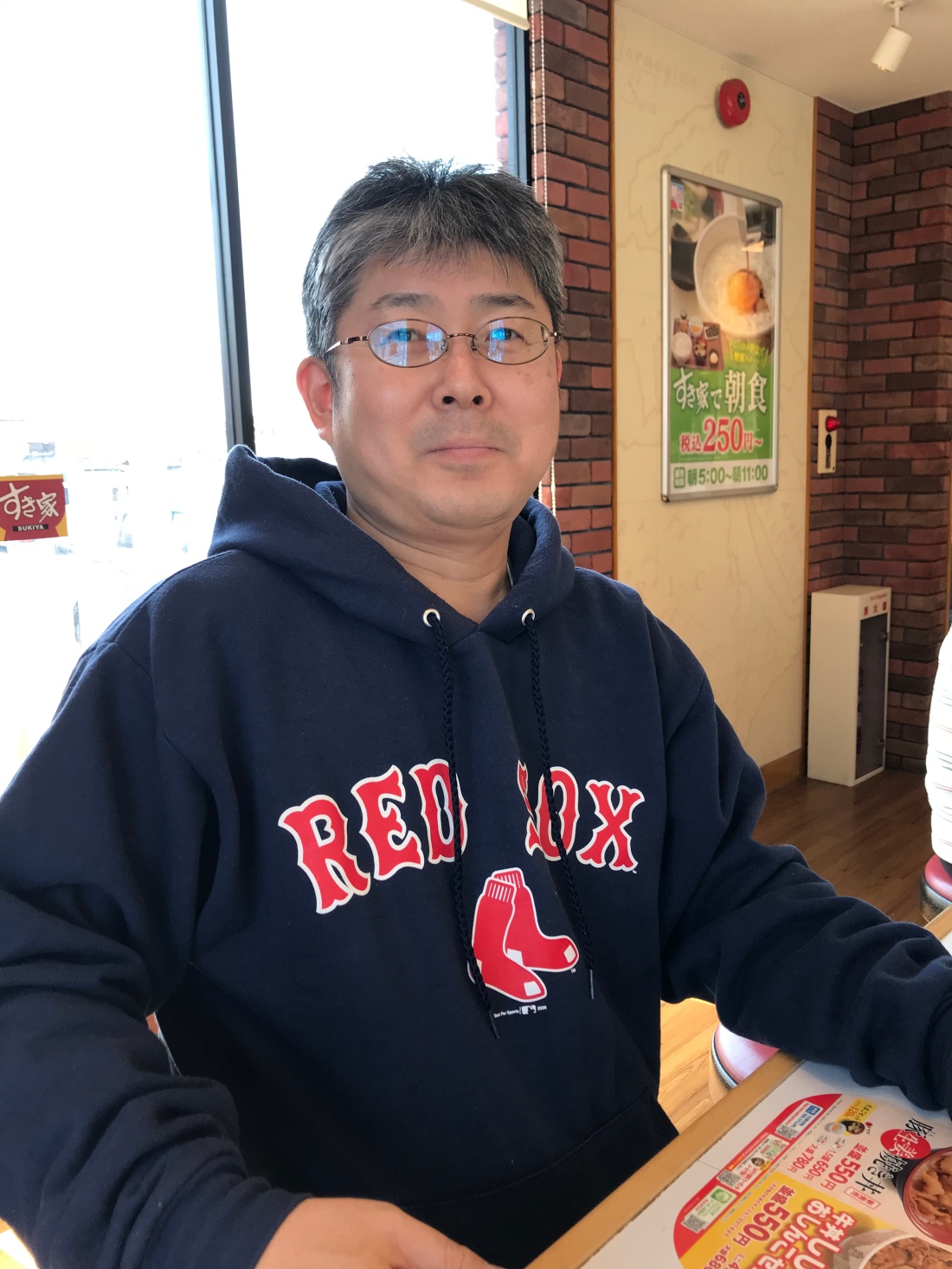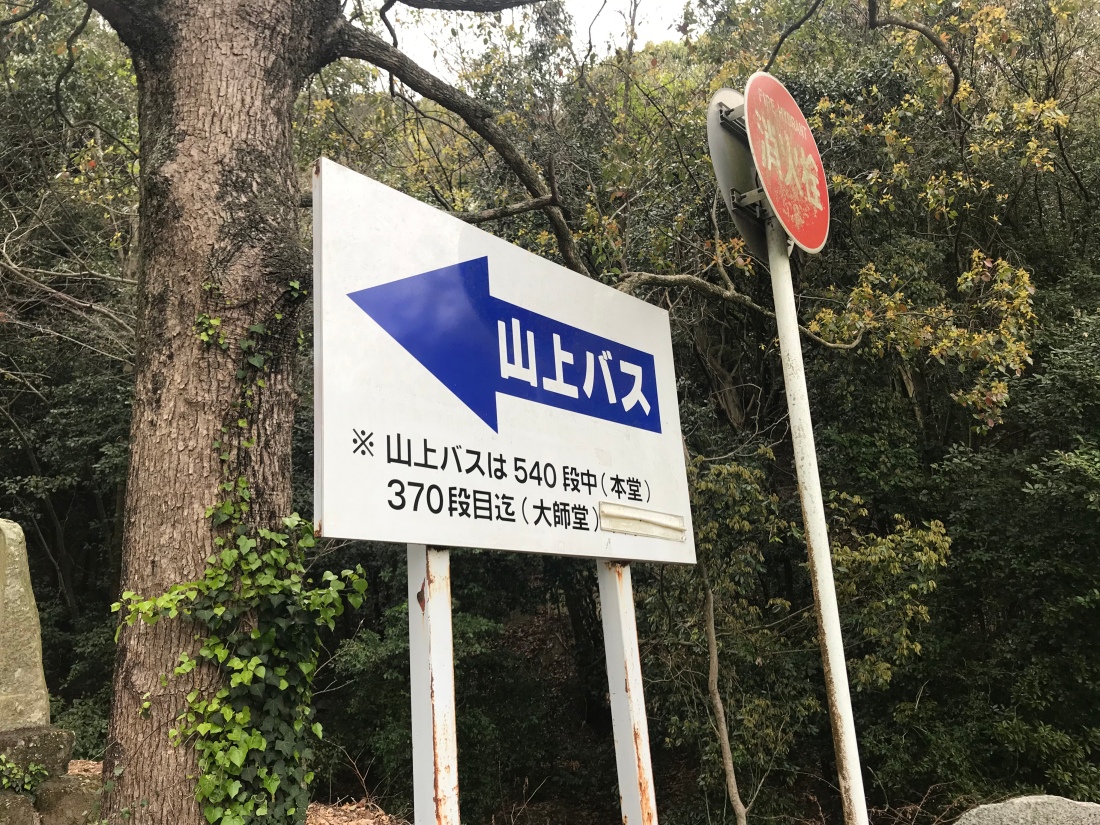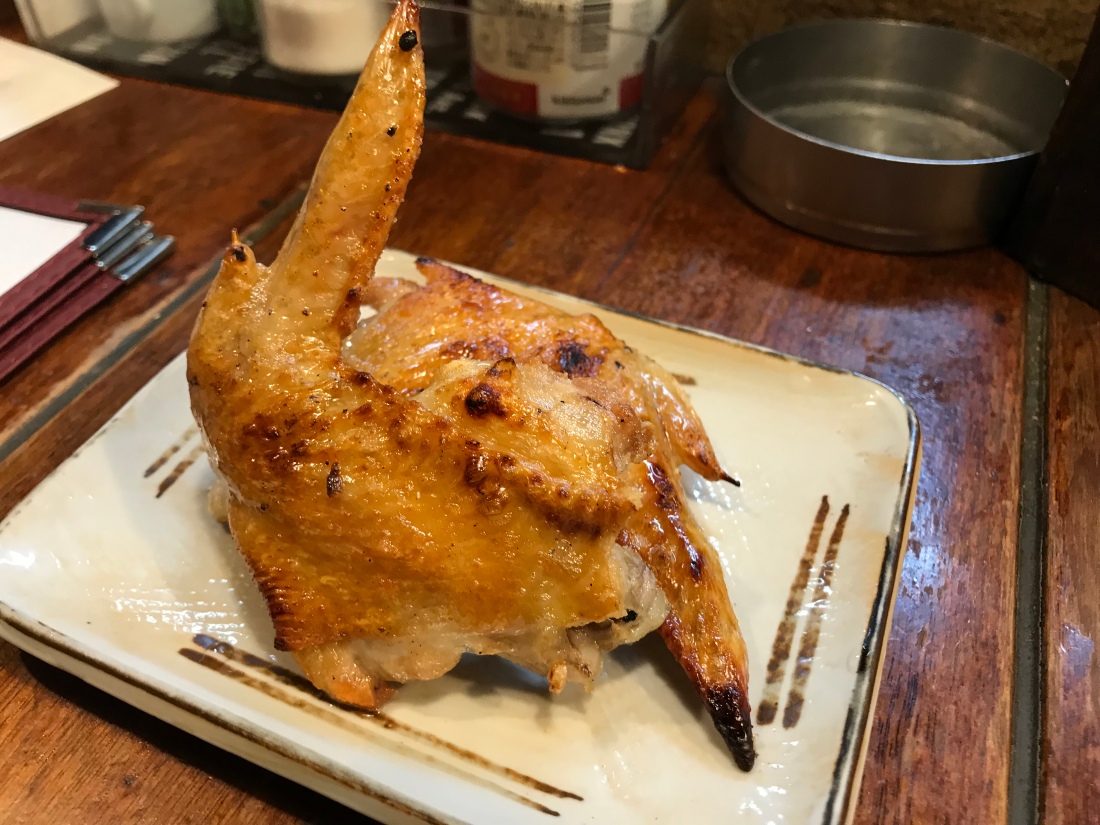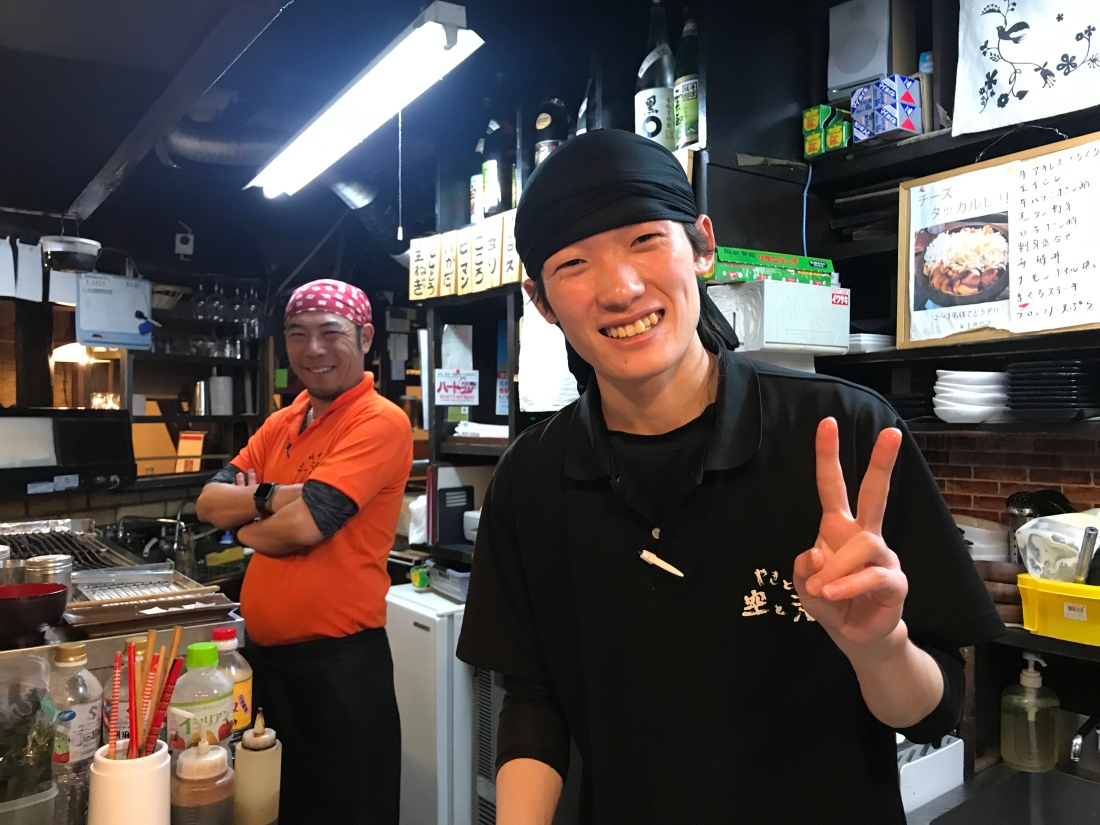I followed the green line back to the Bando rail station. My shoulders were heavy with a touch of sadness that my ohenro was finished.
As I boarded the train, a handful of fresh ohenro were getting off with smiles on their faces and quickness in their steps. They were excited about the journey to come. They were zecocho (in high spirits). The green line laid before them to Temple 1. I wished them well.
I was happy for them because I hoped that they would come away with the feelings I had throughout the walk. The catalyst for embarking on this journey was the young Australian policeman saying how the ohenro restored his faith in mankind.
My experience was not one of restoring but reconfirming my belief that deep down in our souls we want to be kind and to behave accordingly. The complement is that we want to be treated in the same way.
You have read in these blogs many descriptions of good hearted people and many acts of kindness. During ohenro, I was not sequestered from the news from America and the world. What a contrast to what I experienced daily. Perhaps those who are angry and woeful may one day find the joy of receiving unconditional osettai from others.
As I re-enter my “real” world, I will work to make sure that every encounter will be framed by the thought of Ichigo, Ichirei. Every Japanese person to whom I mentioned this phrase knew it by heart. One lifetime, one meeting. Each meeting will have an effect for better or worse.
While I was in Sapporo, I went to an izakaya. I sat alone and took this photo of people across from me.

After an hour, the couple on the left facing me sent over a glass of sochu. I went over to thank them. In my basic Japanese and with the little English that they knew we spent the next hour talking about Japan and the ohenro. The other photo is of us as we left when the restaurant was closing. Indeed, random acts of kindness do occur!

Let’s try to make all of encounters for the better. We experience enough angst in our lives.
In the next few days, I’ll write some thoughts to help others who may be thinking about walking ohenro. I met some travelers who designed mini walks. Perhaps my suggestions will spur others to consider temples beyond those closest to Osaka/Kyoto. Make the time if you can.
I will also give my review of minshuku and other lodgings that I found to be comfortable and interesting. These hard working people deserve our patronage.
Finally, I will give some opinions about what to carry on this trip and most importantly, what preparations and precautions to take about your body especially your feet. Hopefully, they will save you from Aoyama-san like blisters.
Let your spirit move you to do ohenro. Don’t hurry through the journey as if it were a goal to meet or another notch on your belt. See, hear, and feel the people and the surroundings. Indeed, ohenro is a challenge but a moment in life that you will always treasure.

